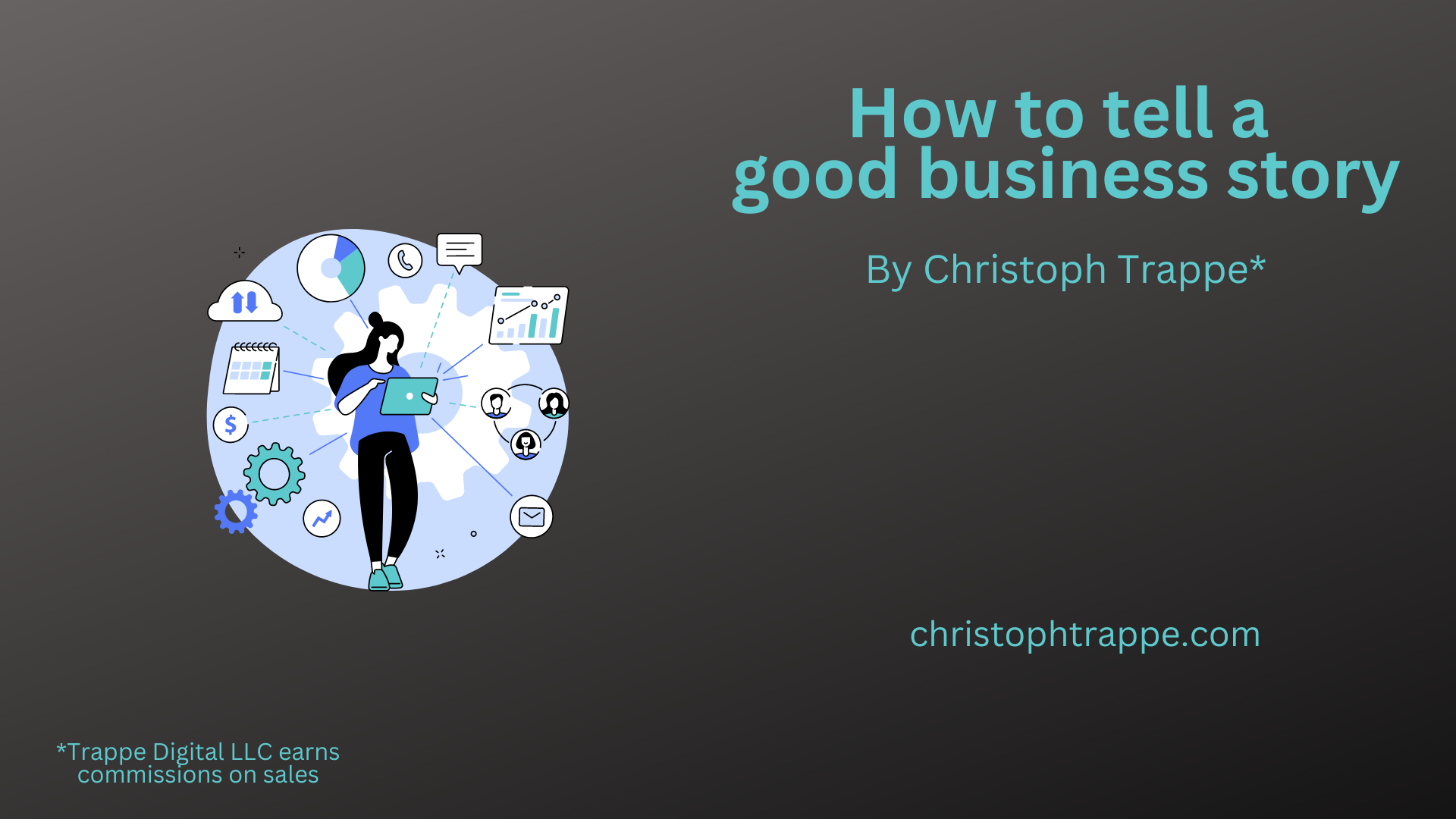Trappe Digital LLC may earn commissions from sponsored links and content. When you click and buy you also support us.
In this keynote video, I share how to tell a story example, which in turn can then help them drive business results.
In summary, here are the six steps with short overviews:
1) The decision to tell better stories
You have to make up your mind actually to want to get started. Decide to tell better stories for long-term success. Without the declared decision, you can’t move forward. This also includes getting buy-in from key stakeholders.
2) The plan to tell better stories
It’s hard to move forward without a plan. Make that plan, and write it down. Keep it short, so it’s implementable.
You don’t want this:
High-level plans works great and help us stay on course. It’s okay to update them as we move forward and external (or internal) things change. I like to print copies of it – even in the digital age – and bring it to (client) meetings to help us stay on track and refer to it. (See No. 4)
Read next: Blogging: How to find your content passion and align it with audience interest
3) The skills to tell better stories
Everyone has some storytelling skills. Some people are better writers, some are better in front of a camera, etc. Know your strengths and build on those. For organizations, determine what skills are needed and hire those (and, of course, cultural fit). Don’t assume new tasks can just be added to already busy people’s workload.
Read next: How to write a blog post and how long should it take?
4) The execution of the plan
Sometimes people forget about implementing the plan or putting the right skills to the right tasks. So, doing the plan might be more important than the actual plan. Keep the plan front and center and do something daily to move something related to the plan forward. Make it a habit.
Read next: [CULTURE] Being slow and deliberate is not a guarantee to a good decision
5) Refinement
Don’t stop but adjust. What’s working? What’s not working in your authentic storytelling content marketing strategy? Adjust on the fly and constantly keep an eye out for those metrics to see what kind of content resonates with your audiences.
6) Sustainability
The final step is, of course, to keep things going. Think about how to sustain the project. How can we continue sharing relevant stories that help our audiences and business? We need the right people in the right seats at the right time. Some of this has to do with the budget. Especially larger organizations need to hire people to tell the stories. For smaller businesses or single-person businesses, owners might decide to share stories on their own. It’s possible, but remember that it takes time, energy, and brain power.
Conclusion
Following these steps can help organizations – large and small – tell better stories for long-term success. The stories we tell can make or break our success. No pressure at all.


